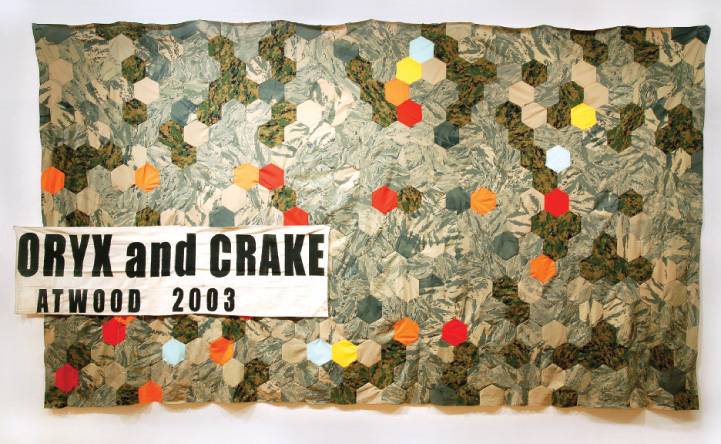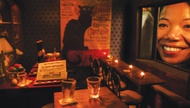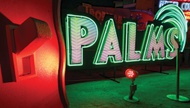The Details

- Through October 23; Monday-Friday, 8 a.m.-4:45 pm.; Saturday, 10 a.m.-2 p.m.
- $5 suggested contribution.
- UNLV's Majorie Barrick Museum, 895-3381
History museums can be mystical places. Necessary magic fills the gap between artifact and event. A long hard stare at an ancient Song Dynasty tea set confined to a dim, sterile setting is only marginally supported by standard-issue wall text: A smart installation tricks the imagination into doing the conga to flesh out an experience. How or why was that object used? How did events unfold? Who among these alien faces decided which historical facts were important? Is it truth or projection?
Now imagine the vertigo of negotiating artifacts for a future history that hasn't yet happened. Welcome to Ice Next Time. Ice is Las Vegas artist Stephen Hendee's complex and vivid consideration of the digital age and its apocalyptic potential. Brilliantly installed at UNLV's Marjorie Barrick Museum, the exhibit seamlessly weaves science fiction and fantastical truths with the museum's anthropological artifacts.
Ice imagines a looming Dark Age in which all technology has collapsed and digital records have been destroyed. Humanity is forced to return to agriculture, tribalism and oral history as new paganism springs from an unfathomable reality. Filled with fabricated and found weapons, uniforms and banners, Hendee's brightly colored objects construct a future in which anything machine-made takes on mythic, sinister value. These "artifacts" are a provocative combination of hand-made and machined. Ritualistic costumes like "Trickster" and "Man on the Road" are downright chilling, but the "Storyteller's Drops" define the exhibition.
According to Ice's fiction, traveling storytellers sustain cultural memory by collapsing literature and film into oral history. Unlike in sci-fi classic Fahrenheit 451, Ice's storytellers cannot memorize literature, so they approximate it. The dystopias of Margaret Atwood, William Gibson and filmmaker Cesar Romaro become oral history, and the storytellers create banners to advertise their tales.
Words, real or implied, become structural. Some banners are rambling text pieces, spray-painted jumbles of actual and altered titles by writers as diverse as Philip K. Dick and the Unabomber. Others are more explicitly complex, like "Oryx & Crake (Atwood) 2099," an obsessive matrix of hexagonal camouflage fabrics. They are heavy and potent oracles.
Hendee's signature pantheon of sci-fi references and dark subtext are present, but Ice's triumph lies in its accessibility. Whether or not you are familiar with JG Ballard, the handmade feel and anthropological context of the assembled objects lure the viewer into an exhilarating narrative regardless of the wall texts. Ice isn't just about fear; it's about human resilience and community.
A wander through the exhibition transitions breezily into the Museum's collection of Meso-American artifacts. Returning to the radiant azure of Hendee's "Leviathan (Hobbes) 2156," it is easy to imagine a clan of nomads gathered 'round a fire, order amidst chaos, as their Storyteller spins a yarn about the import of social contracts and the evils of social networking. Magic, indeed.





Previous Discussion: